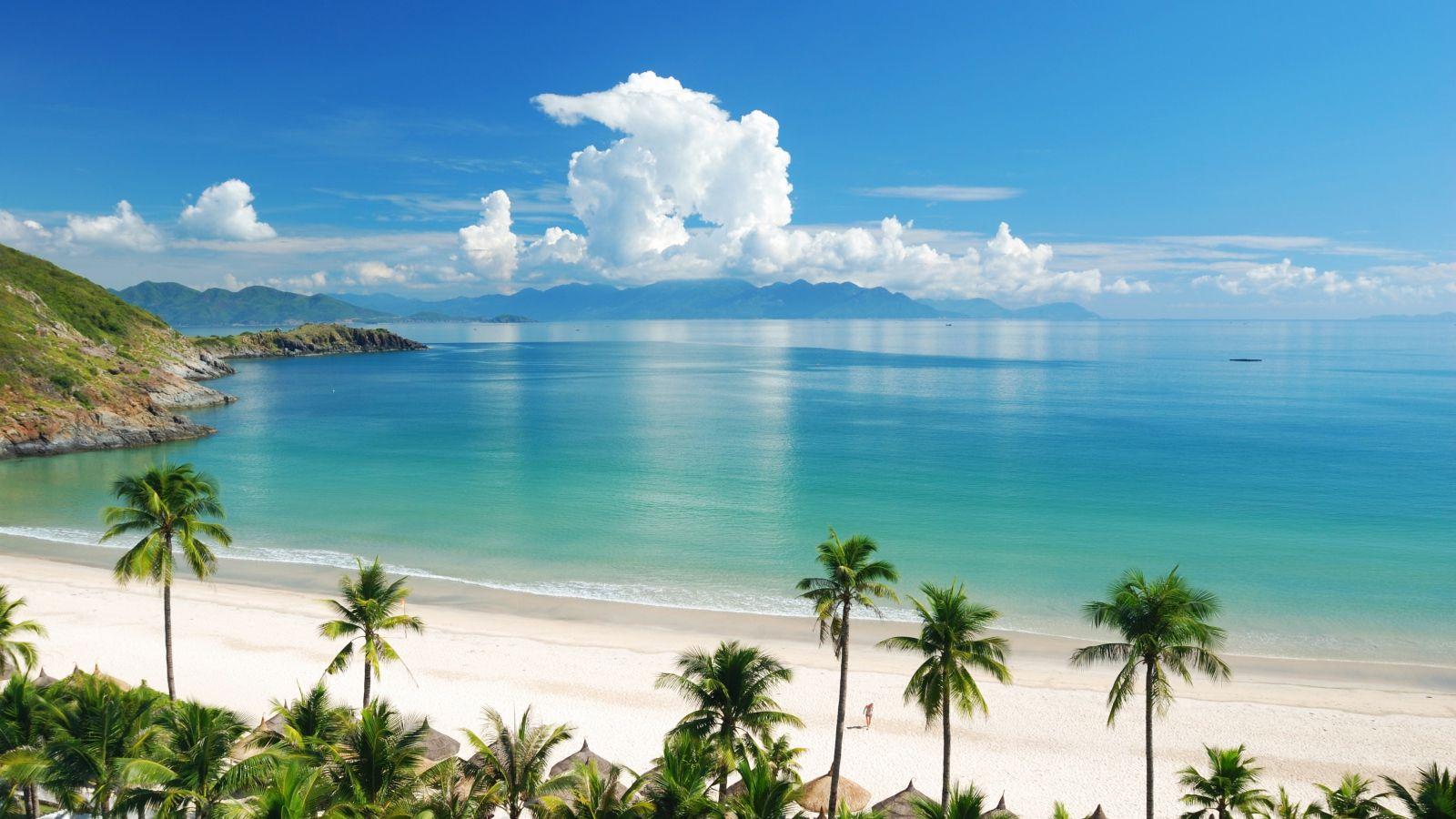Overview
Goa, India’s smallest state, is renowned for its rich history, diverse culture, and scenic coastline along the Arabian Sea. Once a significant trading hub, Goa was ruled by various dynasties, including the Mauryas, Satavahanas, and Kadambas, before the Portuguese colonized it in 1510. The Portuguese influence shaped Goa’s architecture, cuisine, and traditions, making it distinct from other Indian states.
In 1961, Goa was liberated from Portuguese rule and became a part of India. It attained statehood in 1987. Known for its vibrant tourism industry, goa attracts visitors with its beautiful beaches, historic churches like Basilica of Bom Jesus, and temples such as Mangeshi Temple. The state also has a unique blend of Indian and Western cultures, visible in its festival, music, and cuisine. Besides tourism, Goa’s economy relies on agriculture, fishing, and mining. Its biodiversity-rich Western Ghats make it an important ecological hotspot in India.


